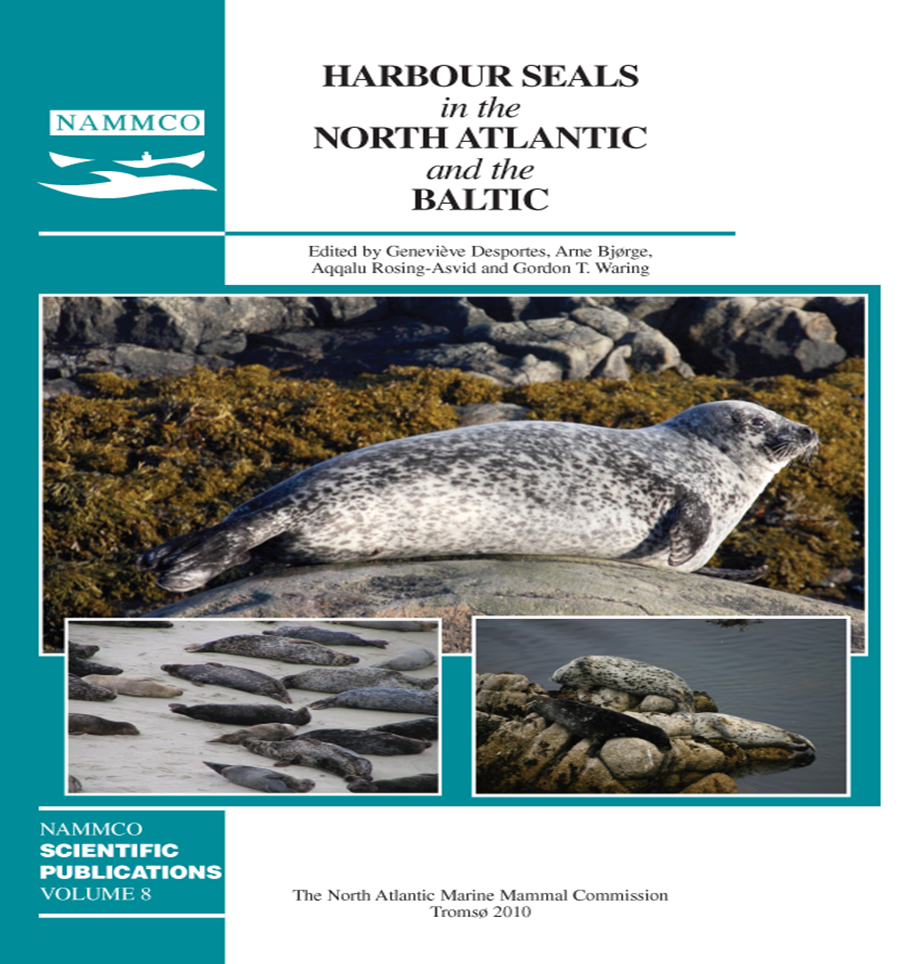Epizootics in harbour seals (Phoca vitulina): clinical aspects
DOI:
https://doi.org/10.7557/3.2689Keywords:
harbour seals, epizootics, Influenza A, Phocine Distemper Virus, PDVAbstract
Epizootic diseases causing considerable mortality in harbour seal populations have mainly been reported from the waters of the United States and Europe. Such die-offs were largely attributable to viral infections. Several hundred individuals died from respiratory infections caused by Influenza A viruses at the coast of New England, USA, in 1979, 1980 and 1982. More than 53,000 harbour seals were killed in European waters by Phocine Distemper Virus (PDV), a morbillivirus,in two outbreaks in 1988 and 2002. For several other epizootics of smaller scale in the waters of the Atlantic and Pacific coast of the USA and, most recently, in Danish and Swedish waters in 2007 the causes remain unclear, although characteristic respiratory symptoms and interstitial pneumonia suspicious of viral etiology were detected as well as occasionally bacterial infections caused by Erysipelothrix rhusiopathiae and Pseudomonas aeruginosa. Mass mortalities caused by biotoxins, direct human interactions or changes in oceanographic conditions have so far not been described for harbour seals. However, high organochlorine loads detected in European harbour seal populations and suspected to impede immune functions, were considered an aggravating factor in the 1988 morbillivirus epizootic. Establishing supranational stranding networks is a key prerequisite for the detection of future unusual die-offs in marine mammals. Detailed post-mortem investigations of all organ systems are essential for targeted etiological studies towards the causes of mass mortalities in seals.Downloads
Published
2010-09-01
How to Cite
Siebert, U., Gulland, F., Harder, T., Jauniaux, T., Seibel, H., Wohlsein, P., & Baumgärtner, W. (2010). Epizootics in harbour seals (<i>Phoca vitulina</i>): clinical aspects. NAMMCO Scientific Publications, 8, 265–274. https://doi.org/10.7557/3.2689
Issue
Section
Articles





